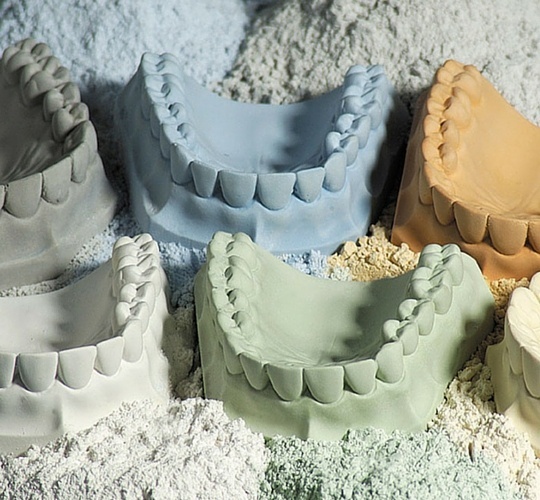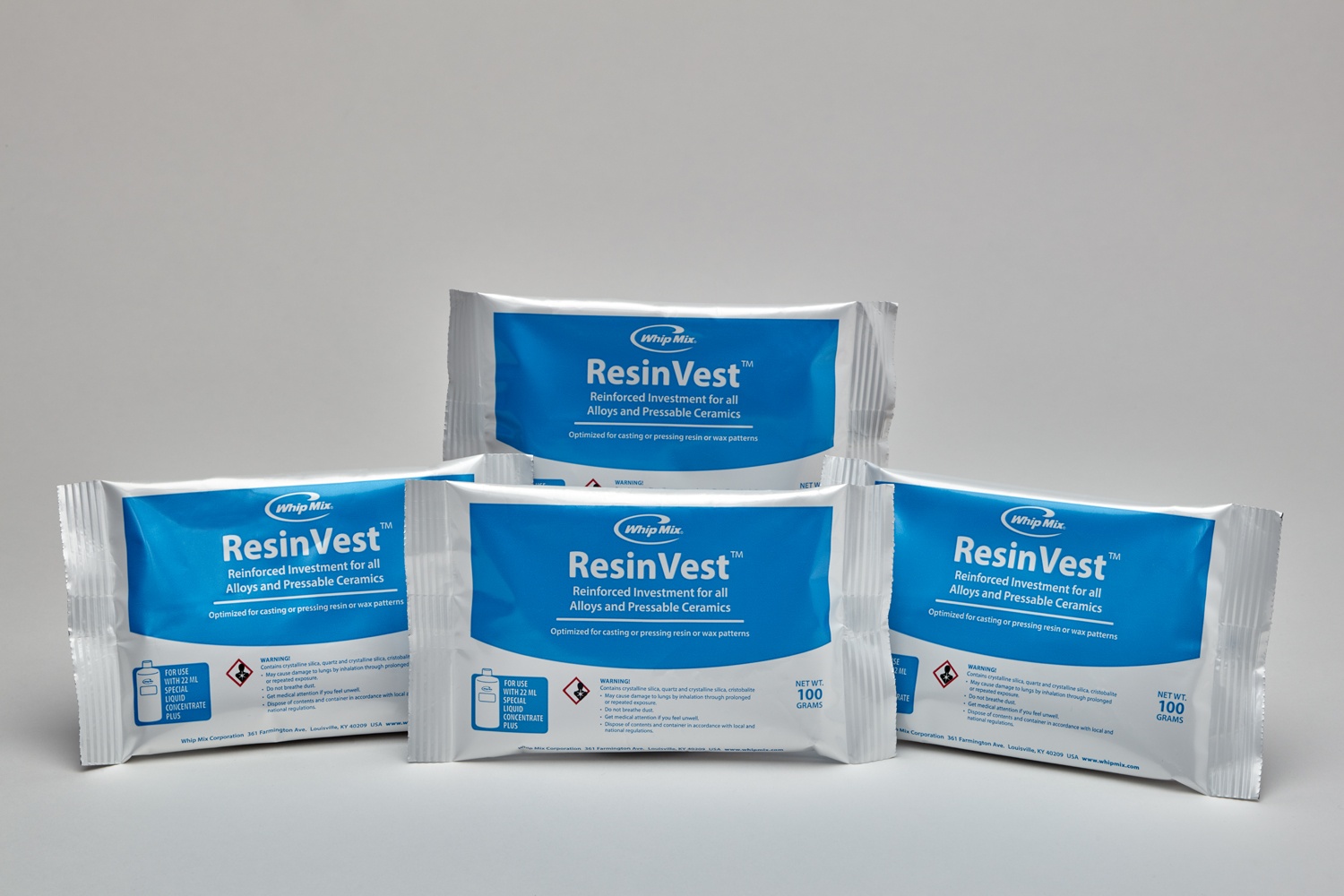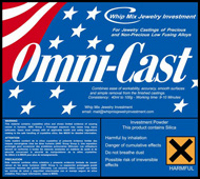Do a regular walk though of your lab and check for these conditions...
1. Replace Old or Worn Mixing Bowls...Old or heavily worn bowls retain or remove moisture from the mix and reduce the amount of energy put into the mix. This can reduce your expansion.
2. Check the Age of the Investment…Investment over two years old should be discarded even if it is in prepackaged envelopes. Phosphate investments can “age out”, causing changes in their chemistry that affect the working properties and your end results
3. Store and Use Investment in Stable Environments… Changes in temperature and humidity change the investments chemical reaction. Open containers or packages allow moisture from the air to change the investment properties. Don’t allow the invested rings to bench set under or next to heating and air conditioning vents or in boil out or burn out rooms. Hot or Cold temperatures change expansion and set times. Garages and under sinks or next to air-conditioning and heating vents are not good places to store investment. Environmental changes in the lab will contribute to misbehavior in investment
4. Measure Accurately… Changes in Liquid / Powder ratios and Liquid / Water Ratios, change the size or fit of your castings. Use the latest dispensing machines or measure each mix accurately with scales and graduated cylinders each time. Don’t just guess! Don’t add more liquid to make it go farther or work longer.
5. MIX the Recommended Time and Speed…Mixing times and speeds are recommended to completely wet the powder components and to put energy into the mix to aid expansion. Changes in the mix time or speed change the behavior of the investment and the fit of your castings. The manufacturer tested these speeds and times for their investment…follow their instructions.
6. Time Bench Sets… Bench Set times allow the chemical reaction between powder and liquid to occur to harden the investment, give initial expansion, drive off excess moisture from the reaction and begin the binder process. Shortening the time can lead to cracking and exploding. Set and use timers, don’t just guess. Follow the manufacturer’s recommendations for extended set times.
7. Watch Insertion Temperatures…Insertion temperatures and temperature rise are recommended by the Investment Manufacturer. Burn Out temperature and burn out time are recommended by the Alloy Manufacturer. incorrect temperatures cause issues with the investment and casting. Insertion temperatures that are too high may cause the ring to crack or blow up. Calibrate your oven on a regular basis.
8. Heat Soak Correct Time…Each Investment has a top temperature soak time. This time allows a ring in the oven to reach the top temperature internally prior to casting. The stated time is for ONE ring. Each additional ring adds 10 minutes to the total hold time.
9. Use the Correct Investment… Use the correct investment for your procedure. Not all investments are RAPID FIRE. Choose an investment that matches your castable or pressable and the procedure you wish to follow.
10. Review Before You Call… Keep the instructions for your investment as part of your technical library. Review and assess the issues before you call for technical help. Have a description of the problem, lot numbers and behavior of the material ready for your support technician.











Leave a comment